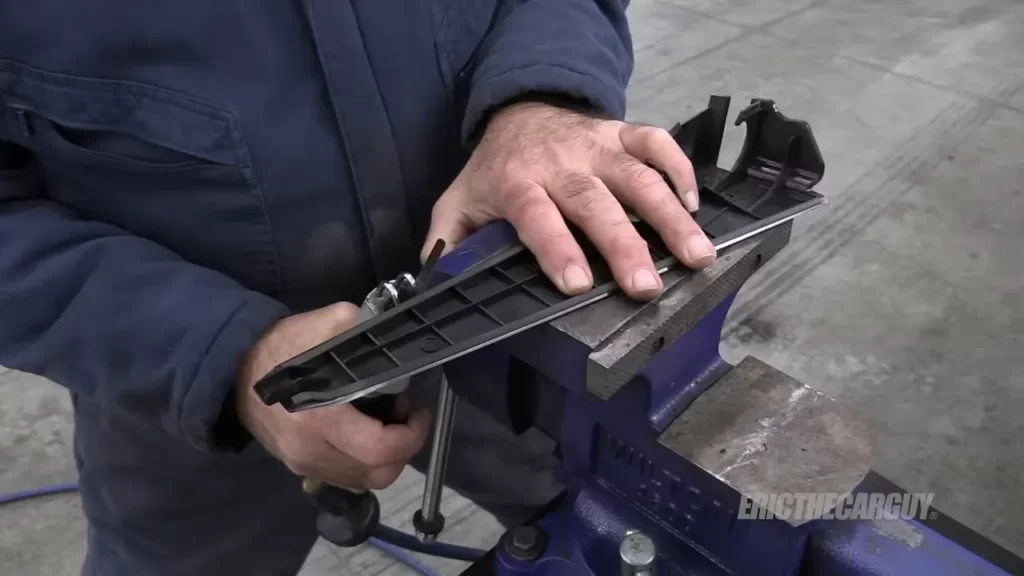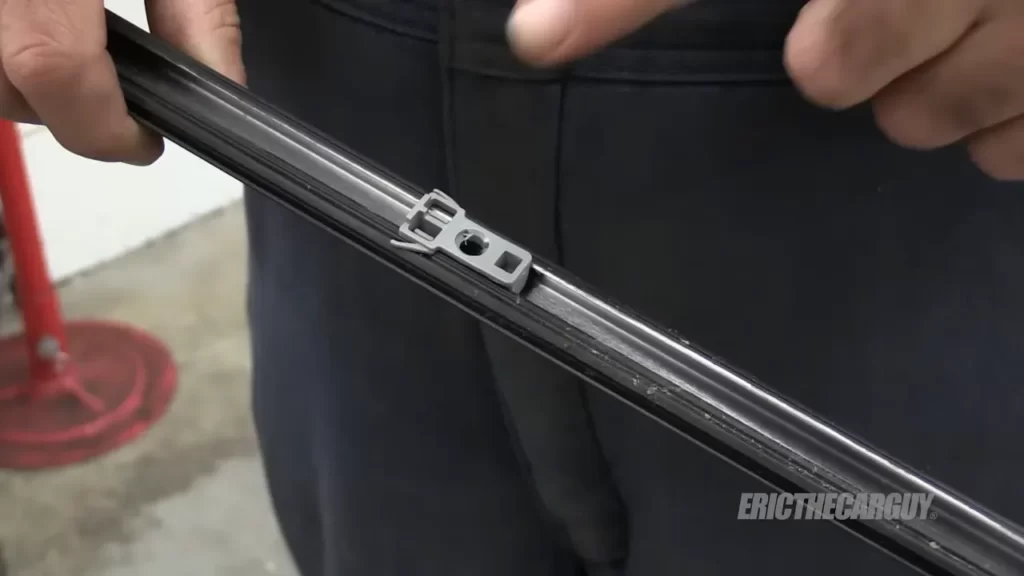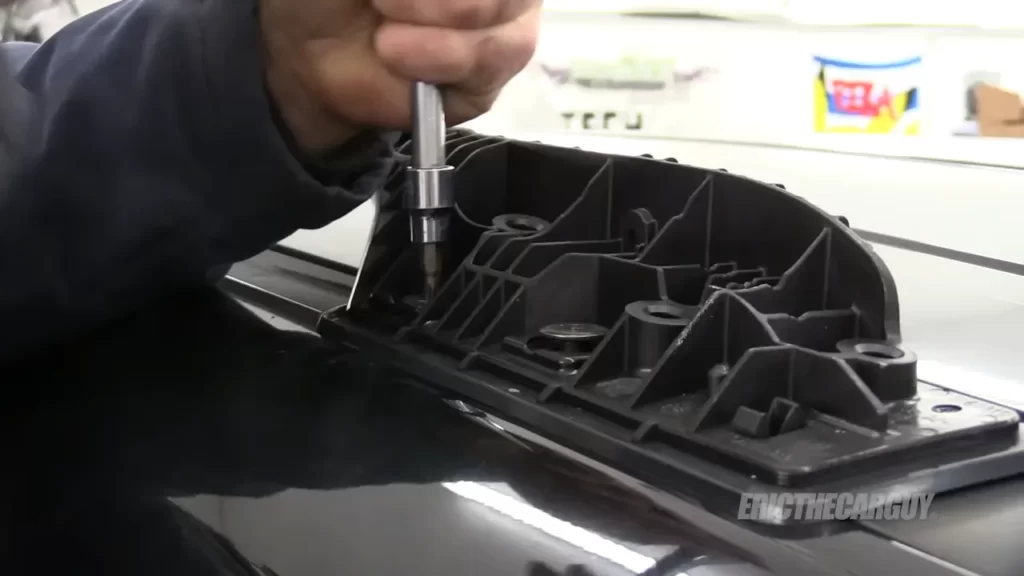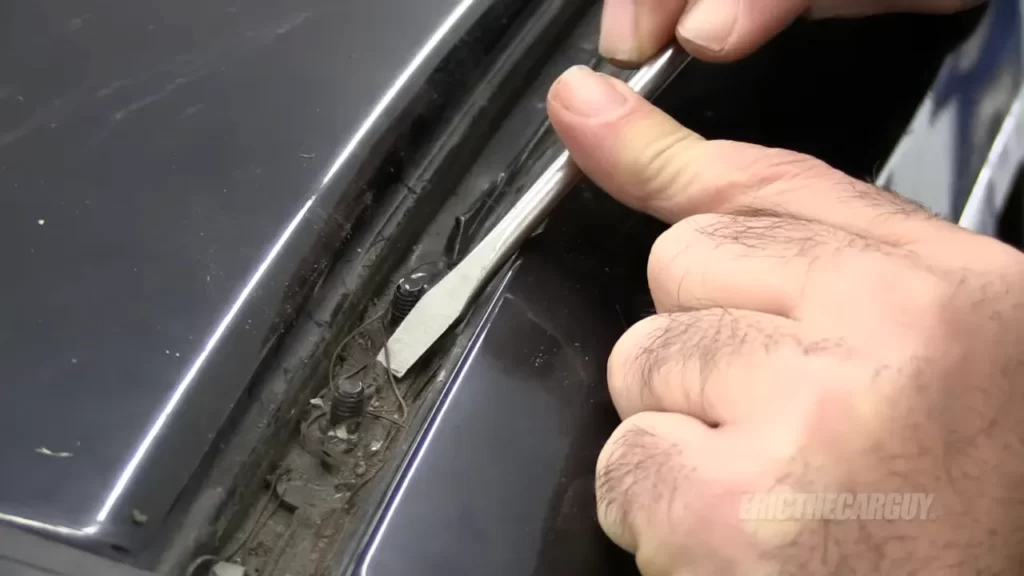To install a roof rack on a car, first, ensure that your car has an existing roof rail system or purchase a roof rack system that is compatible with your vehicle. Then, follow the manufacturer’s instructions to securely attach the roof rack onto the roof rails using the provided tools and hardware.
Roof racks are an essential accessory for car owners who need to transport bulky items, such as bicycles, kayaks, or luggage. Whether you’re an adventure enthusiast or simply in need of extra storage space, installing a roof rack on your car can greatly enhance its versatility.
However, the process can be a bit daunting for those unfamiliar with it. We will provide you with a concise, step-by-step guide on how to install a roof rack on your car. By following these instructions, you’ll be able to securely attach a roof rack to your vehicle, allowing you to effortlessly transport all your gear, no matter the size or shape.
Things To Consider Before Installing A Roof Rack
Installing a roof rack on your car can greatly increase its versatility and storage capacity. Whether you have an adventurous spirit or simply need extra room for your gear, a roof rack can be a game-changer. However, before you rush out to buy and install a roof rack, there are a few important things to consider. Assessing your car’s compatibility, choosing the right roof rack for your car model, and ensuring the roof rack’s weight capacity meet your needs are crucial aspects to keep in mind. Let’s take a closer look at each of these factors.
Assessing your car’s compatibility with a roof rack
Not all cars are designed to accommodate a roof rack, so it’s important to assess your car’s compatibility before making a purchase. Start by checking your car’s owner manual or consulting the manufacturer’s website to determine if your car is equipped with the necessary mounting points or roof rails. Some cars may require additional installation components, such as a fitting kit or foot pack, to properly attach the roof rack. If your car doesn’t have the necessary features, it might not be suitable for a roof rack installation.
Choosing the right roof rack for your car model
Once you’ve established that your car is compatible with a roof rack, the next step is to choose the right one for your car model. Roof racks come in various styles, including roof-mounted, hitch-mounted, and strap-on. However, for the purpose of this blog post, we will focus on roof-mounted racks. Research different roof rack options that are specifically designed to fit your car model and consider factors such as ease of installation, aerodynamics, and overall functionality. It’s also important to keep in mind what you plan on using the roof rack for—whether it’s carrying bikes, skis, kayaks, or other equipment—as this will dictate the specific features you need in a roof rack.

Ensuring the roof rack’s weight capacity meets your needs
Before finalizing your roof rack purchase, you must ensure that its weight capacity meets your needs. The weight capacity refers to the maximum amount of weight the roof rack can safely support. It is crucial to consider the combined weight of the rack itself and the items you plan to transport. Exceeding the weight capacity can lead to instability, increased fuel consumption, and potential damage to both your car and the roof rack. It’s always better to choose a roof rack with a higher weight capacity than you think you’ll need to allow for future storage flexibility.
By carefully considering these factors—assessing your car’s compatibility, choosing the right roof rack for your car model, and ensuring the roof rack’s weight capacity meets your needs—you can confidently proceed with the installation of a roof rack on your car. Make sure to follow the manufacturer’s instructions and seek professional help if needed to ensure a safe and secure installation.
Step-By-Step Instructions For Installing A Roof Rack
HTML Response:
Installing a roof rack on your car can greatly expand your storage options and allow you to transport larger items with ease. Whether you’re an avid outdoor enthusiast or simply need some extra cargo space, it’s essential to know how to properly install a roof rack. Follow these step-by-step instructions below to ensure a secure and successful installation.
Preparing the necessary tools and materials
Before you begin, gather all the tools and materials you will need. This will include a roof rack kit specific to your car make and model, a wrench or socket set, and the installation instructions provided by the manufacturer. Having everything ready and easily accessible will help streamline the installation process.

Clearing the roof area and ensuring it is clean
Prior to installing the roof rack, it’s crucial to clear the roof area of any debris or loose items. Thoroughly clean the roof surface to ensure proper adhesion of the rack components. It’s also important to check for any existing roof damage or rust that may compromise the installation or stability of the rack. Address any issues before proceeding to ensure a secure fit.
Assembling the roof rack components
Now it’s time to assemble the roof rack components according to the manufacturer’s instructions. This may involve attaching crossbars, attaching side rails or mounts, and securing any necessary brackets or clips. Pay careful attention to the specific assembly sequence outlined in the instructions to ensure proper functionality and stability of the roof rack.
Positioning the roof rack on your car’s roof
With the roof rack fully assembled, carefully position it on your car’s roof. Take note of any specific alignment marks or indicators provided by the manufacturer to ensure optimal placement. Begin by placing the rack on one side of the roof, aligning it with the recommended mounting points, and then repeat the process on the other side.
Securing the roof rack to the car using manufacturer-provided hardware
Once the roof rack is positioned correctly, secure it to your car using the manufacturer-provided hardware. This may include tightening bolts or screws with a wrench or socket set. Follow the torque specifications outlined in the installation instructions to ensure proper fastening without over-tightening. Be sure to check each attachment point to ensure a secure and stable roof rack.
Double-checking the tightness and stability of the roof rack
After securing the roof rack, it’s crucial to double-check the tightness and stability of each component. Give the rack a gentle wiggle to ensure there is no noticeable movement or looseness. Check all the bolts, screws, and brackets to ensure they are properly tightened. Make any necessary adjustments to ensure a secure and stable roof rack installation.

Tips And Tricks For A Successful Roof Rack Installation
Installing a roof rack on your car opens up a whole new world of possibilities for carrying extra gear and essentials, whether it’s for a weekend adventure, a family road trip, or simply transporting larger items. However, to ensure a successful roof rack installation, there are a few important tips and tricks to keep in mind. From understanding weight distribution to properly securing items and optimizing wind resistance, these guidelines will help you make the most of your roof rack.
Understanding the importance of weight distribution and how to achieve it
One crucial aspect of installing a roof rack is understanding the importance of weight distribution. Proper weight distribution not only ensures a more stable and balanced driving experience, but it also helps prevent strain and damage to your car’s roof. When packing your items, it’s essential to distribute the weight evenly across the roof rack. This can be achieved by placing heavier items in the middle and lighter items on the outer edges. By doing so, you’ll maintain the overall balance and minimize the risk of the car being top-heavy.
Maximizing the roof rack’s load carrying capacity
To make the most of your roof rack’s load carrying capacity, it’s important to familiarize yourself with your car manufacturer’s specifications and recommendations. These guidelines will typically outline the maximum weight limit and any restrictions or precautions you should follow. Additionally, consider the type of roof rack system you have. Some systems, such as those with crossbars, may have higher load capacities than others. By adhering to these specifications and choosing the right system, you can maximize the load carrying capacity of your roof rack safely and effectively.
Securing items properly to prevent damage and ensure safety
When it comes to securing items to your roof rack, taking the time to do it properly is crucial for both preventing damage to your belongings and ensuring overall safety. Begin by selecting the appropriate tie-down straps or cargo nets that are specifically designed for roof racks. Make sure to place a protective barrier, such as a blanket or padding, between the roof rack and your belongings to prevent any potential scratching or shifting during transportation. When securing your items, use the appropriate tension and ensure that all straps are tightly fastened. Regularly check the straps during your journey to make sure they remain secure.
Minimizing wind resistance and noise by properly installing accessories

Properly installing accessories on your roof rack not only enhances convenience but also plays a role in minimizing wind resistance and noise. If you plan to attach additional accessories, such as bike racks or cargo boxes, it’s important to carefully follow the manufacturer’s installation instructions. Securely fasten the accessories to the roof rack, ensuring they are tightly fitted and streamlined. By doing so, you’ll minimize drag and turbulence, reducing wind noise and improving fuel efficiency.
Regularly inspecting and maintaining the roof rack for optimal performance
To ensure the optimal performance and longevity of your roof rack, regular inspection and maintenance are essential. Inspect the roof rack for any signs of damage, such as cracks or loose components, before each use. Additionally, periodically check the tightness of screws and bolts, as they can loosen over time due to vibrations. If you notice any issues, address them promptly to prevent further damage or accidents. Keeping your roof rack clean from debris and salt buildup, especially during winter months, will also help maintain its performance and extend its lifespan. By regularly inspecting and maintaining your roof rack, you can enjoy worry-free adventures with the added confidence that your gear is securely mounted.
Frequently Asked Questions For How To Install A Roof Rack On A Car
Can You Install A Car Roof Rack Yourself?
Yes, you can install a car roof rack on your own. It’s a simple process that doesn’t require professional help. Make sure to carefully follow the instructions provided with the roof rack kit to ensure proper installation.
How Easy Is It To Install A Roof Rack On A Car?
Installing a roof rack on a car is generally easy. It requires attaching the rack to the car’s roof rails or crossbars, which can usually be done with basic tools. Follow the instructions provided by the manufacturer to ensure proper installation.
What Is Needed To Install Roof Rack?
To install a roof rack, you will need a roof rack kit specifically designed for your vehicle, appropriate tools like a screwdriver or wrench, and clear instructions provided by the manufacturer. Ensure that your vehicle has roof rails or crossbars to attach the roof rack securely.
How Do You Secure A Roof Rack To A Car?
To secure a roof rack to a car, follow these steps: 1. Place the roof rack on the vehicle’s roof. 2. Adjust the rack to fit securely and connect it to the car’s roof rails or roof mounts. 3. Tighten the mounting bolts or brackets to ensure a tight fit.
4. Test the stability of the rack by shaking it gently. 5. Make sure to double-check the rack’s instructions for any specific installation requirements.
Conclusion
Installing a roof rack on your car is a practical and convenient way to increase storage space for outdoor adventures. By following the step-by-step instructions in this blog post, you can easily install a roof rack without any hassle. Remember to choose a rack suitable for your vehicle and always prioritize safety measures.
Now, you’re ready to hit the road and enjoy your next adventure with all your gear securely on your roof! Happy travels!
